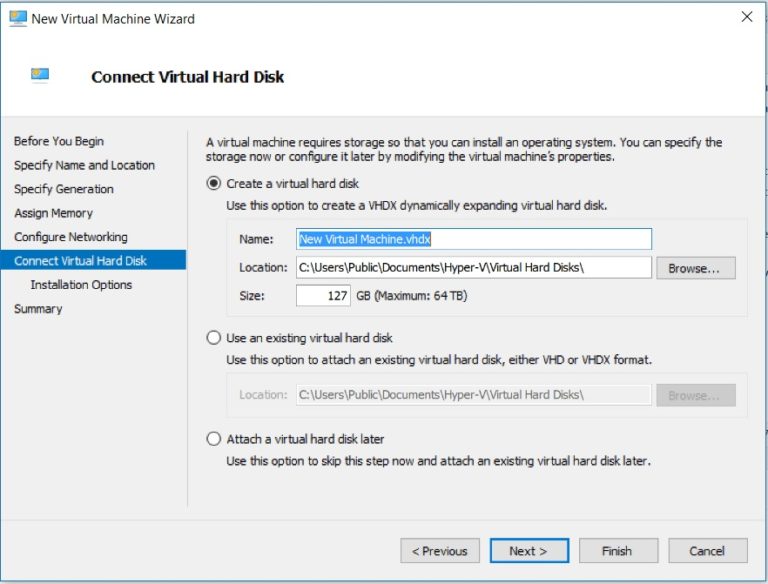


I am still not 100% clear if the above hardware will run VMware 14. I asked ASUS and could not get a direct answer out of them, lots of excuses. VMware Compatibility Guide - System Search I tried to contact VMware support and they sent me this: Intel® Virtualization Technology for Directed I/O (VT-d) = YES ROG MAXIMUS X HERO | Motherboards | ASUS South Africa The Asus Z370 Maximus 10(x) Hero motherboard uses the Z370 chipset. I had a look at this on Intel's website but can't find anything about VT-X or virtualization. Very interesting article on Picking a Motherboard and Processor to use with Virtualization | Everything VMĪccording to this article "Intel has a fairly new technology called vPro. I am so confused about which new hardware I must buy. The Intel "VMX Unrestricted Guest" feature is necessery to run this virtual machine on an Intel Processor. Now by opening File Explorer, you will see that the capacity of your VM hard drive has increased to the value you previously selected.The message I get on my current hardware is: This host does not support virtualizing real mode. Select the free space available and click the Add button so that the next step is added as an extension to the existing disk.įinally, click Finish to complete the process. Then, the Windows Extend Volume Wizard will start. Right-click the disk and then Extend volume from the menu. As you will see, on the disk on which the operating system is installed, an unallocated space has now been created that was essentially created by the expansion function previously.

As the message tells you, you’ll need to expand the disk capacity through the operating system, that is, Windows Server.Ĭlick OK to close all windows and start the VM.Īfter logging in to your account, open Disk Management. In the new window, type the new total capacity of the VM hard drive and press the Expand button.Įxpansion completed.

These options are disabled when the VM is powered on. Go to the Hard Disk section and click the Expand button. Right-click VM and then Settings to open the VM settings. Note 3: If your VM is a linked clone, you can not expand the space. You will need to delete them first and then proceed. Note 2: If you have saved snapshots you can not expand the space. Note 1: To proceed with the steps below, the VM should be powered off. In this article, you will see how to extend the existing disk capacity using VMware Workstation. Our options, in this case, are either to add a new separate virtual disk to VM or to extend the existing disk to meet our requirements. However, we have decided to test the WSUS functionality, which means we will need a lot of available GB space to download the updates we choose. Let’s say we already have a Windows Server VM on VMware Workstation with a total disk space of 30 GB.


 0 kommentar(er)
0 kommentar(er)
